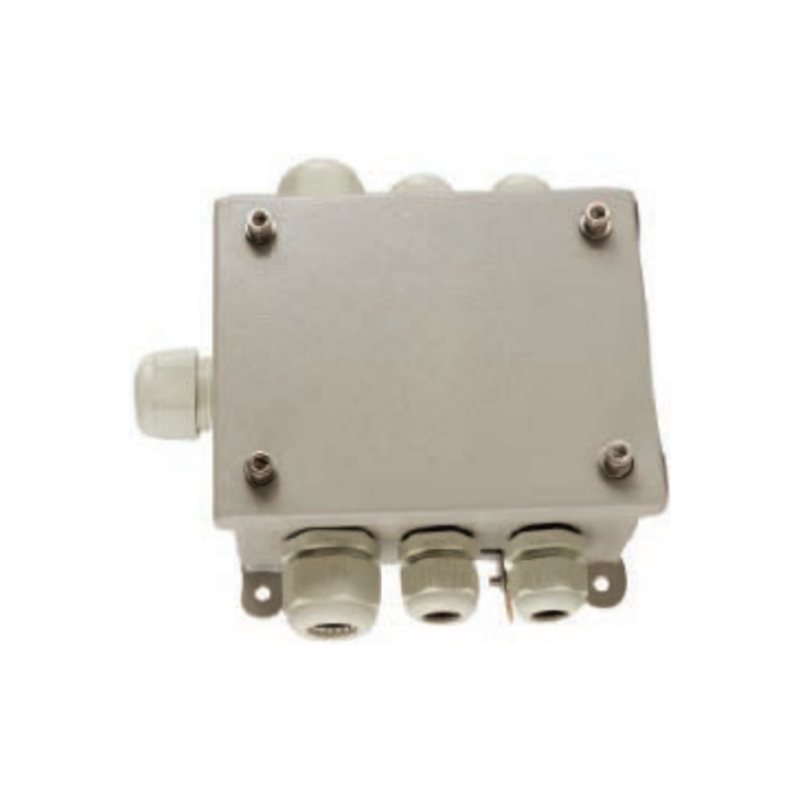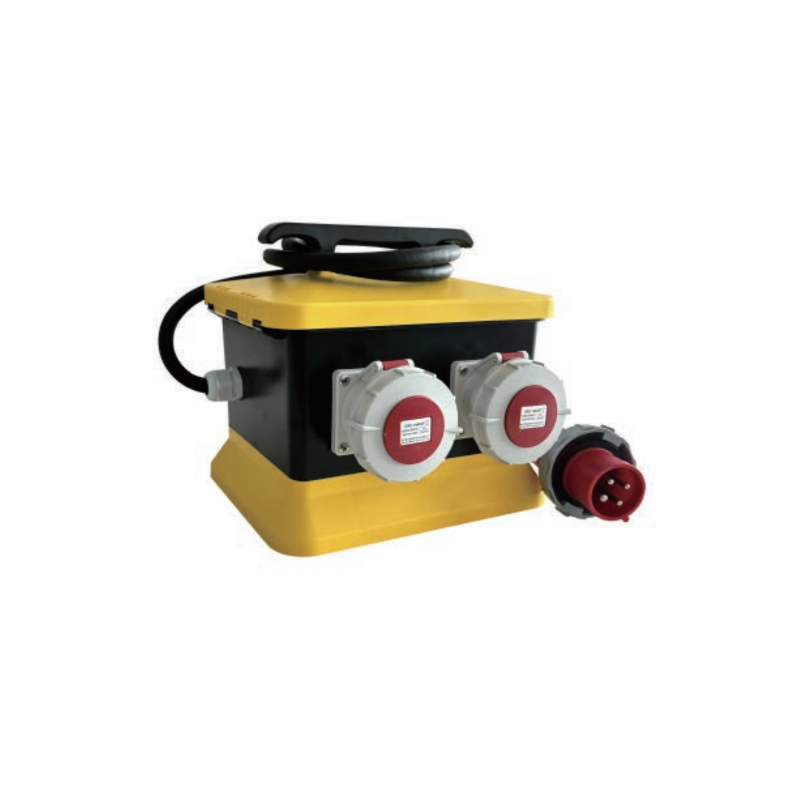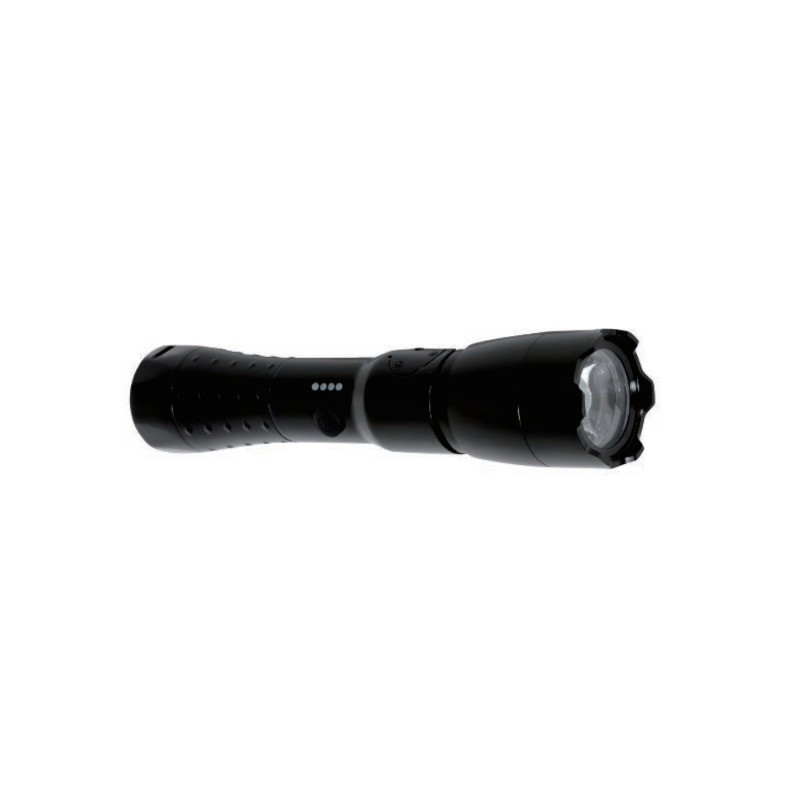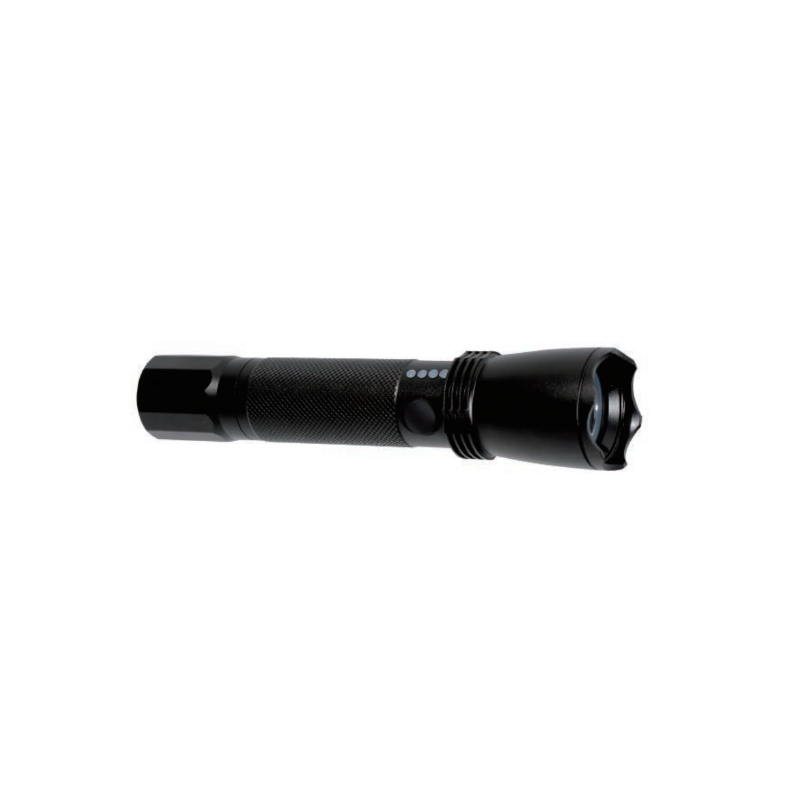The rapid development of intelligent LED lighting systems, as well as the in-depth development of light quality biology in fish phototaxis, light avoidance, and swarming research, use the functions of lighting intelligent systems to control light quality, light intensity, patterning, and polarization. Selective capture of light direction, movement speed and direction through bionic intelligent adjustment (fish species, size, male and female) not only increases fishery production, but also provides effective fishery ecological cultivation and protection.
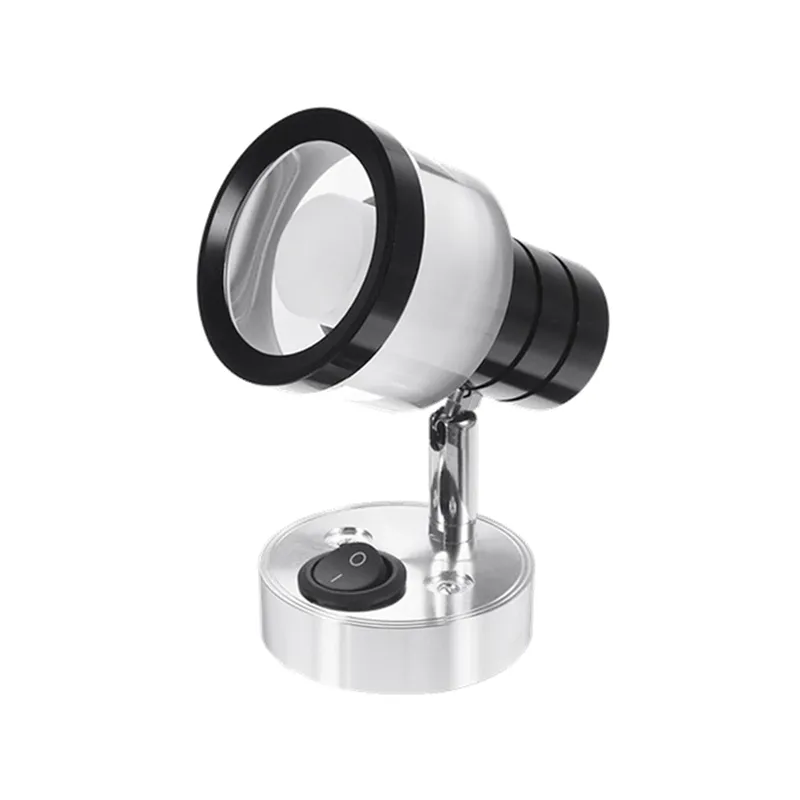
If you know anything about fishing, you should know that fishing with light bait is a very common practice, especially in offshore fisheries. The fish gathering lamp is an indispensable product in the light-inducing operation method. It mainly uses the phototaxis characteristics of fish to collect fish for fishing by illuminating them. The phototaxis of fish refers to the characteristic of fish that responds directionally to light stimulation.
Previously, the light source used in fish lures in the light fish luring industry was mainly metal halide lamps. Of course, they also have disadvantages, so LED light sources have an opportunity. Before talking about the technical specifications of LED water collecting fish lights, we might as well talk about the phototaxis of fish from the source.
Six explanations for fish phototaxis
- Fish with sunken optic lobes or wrinkles on the side of the optic lobes have phototaxis. Through experimental research on fish brain morphology and light, someone concluded that each part of the brain of phototactic fish has the largest central visual lobe. There will be depressions on its sides, forming developed side wrinkles.
- Light energy causes optical changes in the fish’s light receiver, thereby forcing the fish to move closer to or away from the light source.
- Plankton are easily discovered by fish under light, causing fish to focus on the light.
- When the suitable temperature or illumination for fish is reached, it will cause the fish to gather light in the water layer and change with the change of light conditions.
- Water temperature, waves, transparency, moonlight and other environments affect the phototaxis of fish. When the water temperature is higher, the phototaxis is weaker; when the water temperature is lower, the phototaxis is stronger.
- Biological factors such as fish development stage, sexual maturity, male and female also affect phototaxis. For example: juvenile fish have stronger phototaxis than adult fish.
The phototaxis process can be divided into two stages
The first stage is when the fish is stimulated by light and swims toward the light source, which is called positive phototaxis; the second stage is when the fish stays and moves downstream of the light source, which is called negative phototaxis.
Characteristics of directional behavioral responses of fish and other aquatic economic animals to light stimulation. Utilizing the phototaxis of fish and other fish and using it in conjunction with certain fishing gear can increase the catch (see light fishing method). Aquatic economic animals with positive phototaxis include saury, Far Eastern sardine, big-eyed herring, redback trevally, mackerel, bamboo fish, spotted fish, Pacific fish, ray, jade tendon, herring, Japanese shrimp, crab, etc. , Japanese whitebait, needlefish, Japanese single fish, three-line fish, etc. In addition, tuna and bonito also have certain positive phototaxis.
But after a period of time, the phototactic fish will swim away from the light source due to adaptation to light, fatigue, and environmental changes. Some non-phototactic adult fish are also phototactic in their juvenile stages. Such as ayu and eel in the sea, juvenile fish from Seto seaweed farm in Japan, and juvenile European cod. The phototaxis of the same fish also varies depending on the developmental stage, male and female gender, food intake and swim bladder structure. For example, the juvenile stage is more phototaxis than the adult stage, while the phototaxis of saury is weakened during pregnancy. When the food intake is small, it is easy to feel sleepy. The degree of buoyancy of fish after being trapped is related to the structure of the swim bladder.
Technical indicators that use fish-gathering lights to affect the catch
- Light intensity
The intensity of light received by a fish eye is related to the depth of the water in which it lives, and the attenuation speed of sunlight at different water depths is different. The water quality, salinity, and particle size of different waters attenuate light and reach the fish eye of different depths. - Spectral distribution
Seawater has significant differences in the attenuation degree of different spectral wavelengths of the light source. At the same time, different fish species, males and females, different growth stages, living or preying water depths are also different, under normal circumstances, the propagation attenuation of the purple blue band under seawater It is small, and many fish also have the phototaxis of this waveband to rush to get the energy necessary for growth.
In other words, different fish have different effective spectral wavelengths at different water depths. For example, for squid, the most suitable fishing depth is 30-50 meters. At this water depth, the most suitable wavelength is 450-500nm. - Optical distribution
The shape of the fishing boat determines the optical distribution of the fish-collecting lighting system on the water surface to a certain extent. However, a reasonable and effective lighting system design can also greatly improve its catch. In addition, LED fish-collecting lights can not only provide suitable The wavelength, light quantum flux and the optimized optical distribution can also be provided through the intelligent control system to provide optical images with different patterns and moving speeds, strengthen the fish attracting effect, and increase the catch. - Weather resistance
Since the fish-collecting lamp needs to be installed on a fishing boat, it can work for a long time under extremely harsh environment, especially in the production operation under high salt fog environment, so its working life and stability depend on the weather resistance and reliability of the product. Special coating must be used.
The light-emitting surface and shape of the light source
The light-emitting surface and projection angle of the LED fish-collecting lamp are quite different from the traditional MH (metal halide lamp). The light effect and projection angle of the LED fish-collecting lamp are more suitable for fishing production and projection. Farther, more use of the clustering effect produced by the phototaxis of fish.
At present, the fish-collecting lamp developed by Bozhou Marine can directly replace the old-fashioned fish-collecting lamp, which is convenient for the direct upgrade of traditional fishing boats.


